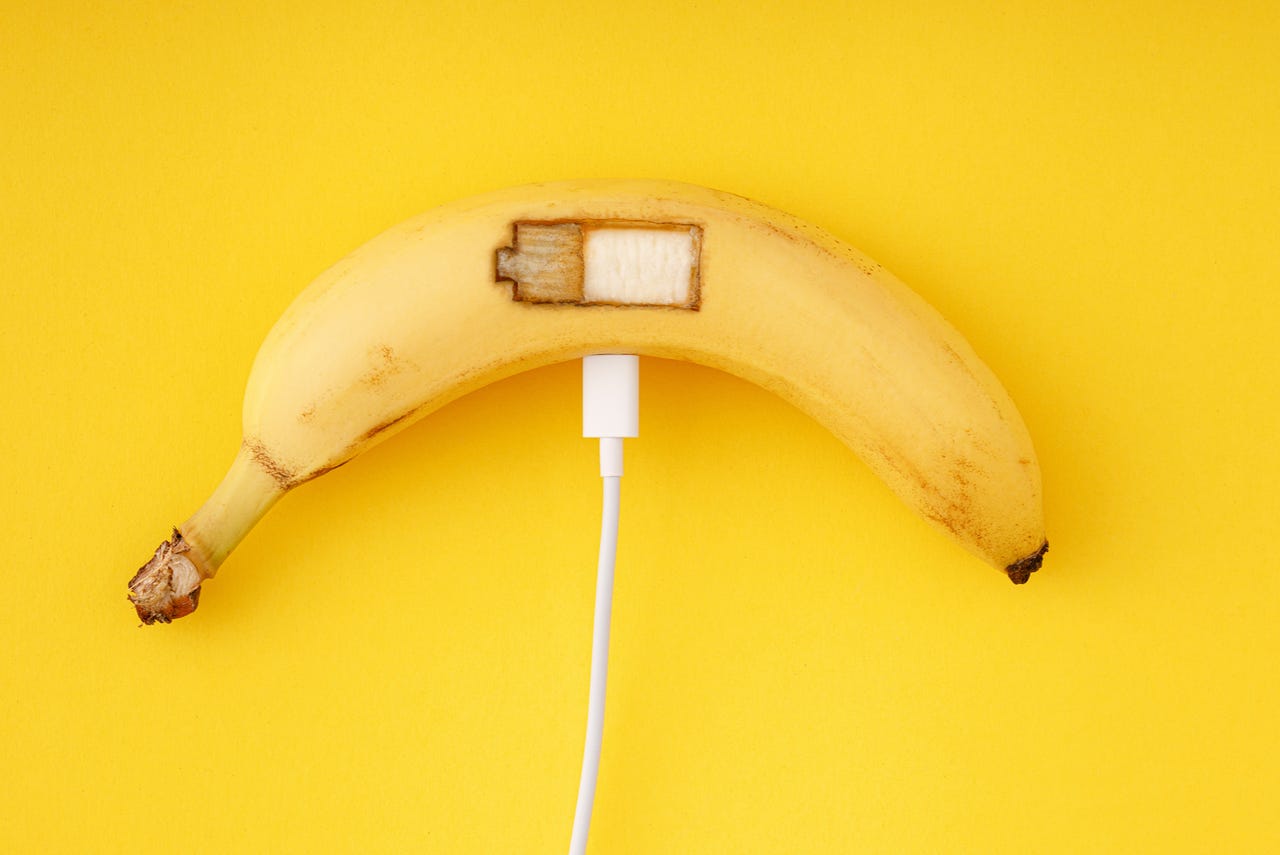































 Shutterstock
Shutterstock As I noted in my immediate follow-up to Apple's fall 2021 "California Streaming" event, the charging standards situation with the company's mobile and computing device line-up has now become completely untenable.
Let's review all the different ways you can juice up your Apple devices.
So, depending on how many Apple products you own, you may have up to 5 types of charging connectors to deal with and multiple variants of cables and docks that you need to need to own as well, depending on your use case.
It's a mess.
Indeed, the low-hanging fruit here for change is iPhone. There's no technical reason why USB-C cannot be used for iPhone, iPad,and theMacBook, at least from a charging connector perspective. So why doesn't Apple consolidate this, finally?
Want to try the iPhone's MagSafe tech but not sure where to start? We'll show you some of our favorite accessories thus far.
Read nowWhy not do it now? I suspect it has to do with a desire to implement Thunderbolt or a similar high-speed data transfer technology across the line at some point in the future. Clearly, if the intention is for iPhone (and iPhone Pro) to be used to create professional video content, they will need much higher data transfer speeds for moving large video and collections of photos to the Mac and to the iPad Pro than what Lightning can accomplish now over a USB-C connection.
Thunderbolt is an important technology for Apple, as it is also used within the M1 and legacy x86 Macs to connect to all sorts of devices, including external displays, using DisplayPort.
While they could implement USB-C now in the iPhone the same way they have done for theiPad Air and the iPad Pro, my guess is that the technology to put Thunderbolt into a small device is not ready. It just cannot be manufactured at scale yet, or it requires relying on Qualcomm, Intel, or another vendor to add it to the component bill of materials. It's also possible the Thunderbolt circuitry as it stands now is too power-consuming to be practical for something smaller than the upper-level iPad.
The iPad Pro 2021 M1 is currently the smallest or lowest-end product at Apple to have Thunderbolt transfer speed. Therefore it appears only M1 silicon contains the support electronics to implement Thunderbolt at this time.
I also suspect it has to do with the current state of the supply chain and the company's overall desire to be self-reliant from Intel and Qualcomm and other suppliers from an IP and component standpoint. The company is already looking to move more and more functions, such as 5G, into the Apple Silicon itself, without relying on support chips made by other companies.
I guess that if a USB-C changeover for iPhone occurs, it will happen when the company can put more power-efficient Thunderbolt circuitry in the A-Series chips. However, It's also possible that Apple may choose to develop its own data transfer standard for its products rather than rely on Intel from a certification standpoint.
Although Apple initially developed Thunderbolt with Intel, it's clear the relationship between the two companies has been strained since it transitioned to Apple Silicon from x86 in the Mac -- this is evident from its reluctance to implement the latest version of Thunderbolt on the Mac and the iPad Pro, Thunderbolt 4. While Thunderbolt is now a royalty-free technology as of 2018, Intel still maintains control of the certification process by 3rd-party vendors, a condition that Apple is probably not happy about.
Apple undoubtedly wants a wired data transfer technology that scales from the smallest things it builds up to the largest, with data rates as low as hundreds of megabits per second (Mbps) up to tens of gigabits per second (Gbps) depending on desired power consumption footprint. And the company will want to build it into its own chips and not license it or require it to be certified by anyone else.
And wireless charging? MagSafe certainly sounds like it is the way the company is going to go -- and it would not surprise me if the yet-to-be-announced AirPods 3 and its successors can connect with that cable.
While I would like to see the Apple Watch situation also taken care of with MagSafe, it's probably not something we are likely to see until Apple Watch 8 or later, as some engineering changes are likely to be needed to the product and the MagSafe cable itself so it can accommodate iPhone, Watch, and AirPods simultaneously.
Clearly, I would like to see Apple resolve this sooner rather than later. Because what we have now is unworkable for the long term.
 Etiquetas calientes:
tecnología
Hardware
Etiquetas calientes:
tecnología
Hardware